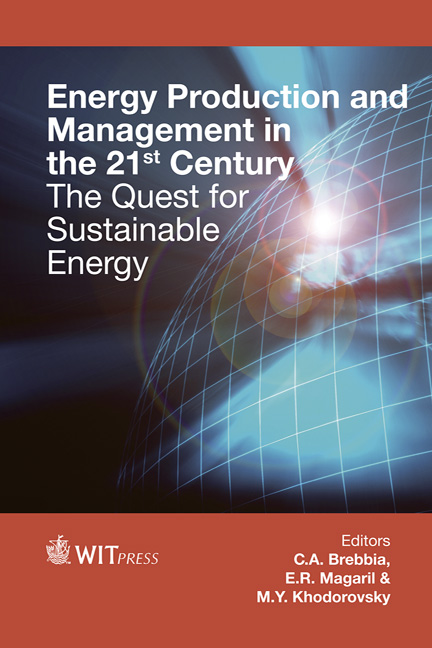The Peculiarities Of Fatigue Failure For Pipe Steels Of Different Strength Classes (pipes With Welds)
Price
Free (open access)
Transaction
Volume
190
Pages
6
Page Range
889 - 894
Published
2014
Size
645 kb
Paper DOI
10.2495/EQ140832
Copyright
WIT Press
Author(s)
V. N. Kuskov, I. M. Kovenskiy & K. V. Kuskov
Abstract
Variable loads, as compared with static loads, have a greater impact on the condition of pipelines. They lead to the degradation of metal and significantly reduce the service life of pipelines. This paper considers the mechanism of fatigue crack development in steels of different strength classes (K50, K60 and K62), which helps to specify the fracture mechanism and evaluate the residual life of a pipeline material. Fatigue tests were carried out until the complete failure of specimens at a maximum tensile load below the yield strength of the steels. The number of cycles to failure of specimens with no visible weld defects was reduced by more than 40%, as compared with seamless specimens. If there were allowable defects of up to 0.4 mm in size, then the number of cycles was reduced by 5–12 times. Photographs of the fractures are provided. The tests allowed the authors to establish the peculiarities of K60 steel failure and to calculate regression equations of the second order between the number of cycles to failure of the specimen, the maximum tensile stress and the stress range during fatigue tests. An essential effect of the stress range (in the range of 18–44 MPa) on the number of cycles to failure of the specimen has been established. After its reduction to 6–8% of the maximum tensile stress, the stress range ceases to affect the number of cycles. Since the appearance of the first visually perceptible cracks, the specimens endured from 4,000 to 10,000 cycles to failure. This makes it possible to detect the initiation of a failure and take steps to repair the defective part. K nowing the number of pressure fluctuations in the pipeline, which are registered in the control room, one can use the equations to predict the residual life of a particular section of the pipeline. Keywords: pipeline steel, fatigue cracks, welds, regression equations.
Keywords
pipeline steel, fatigue cracks, welds, regression equations.





